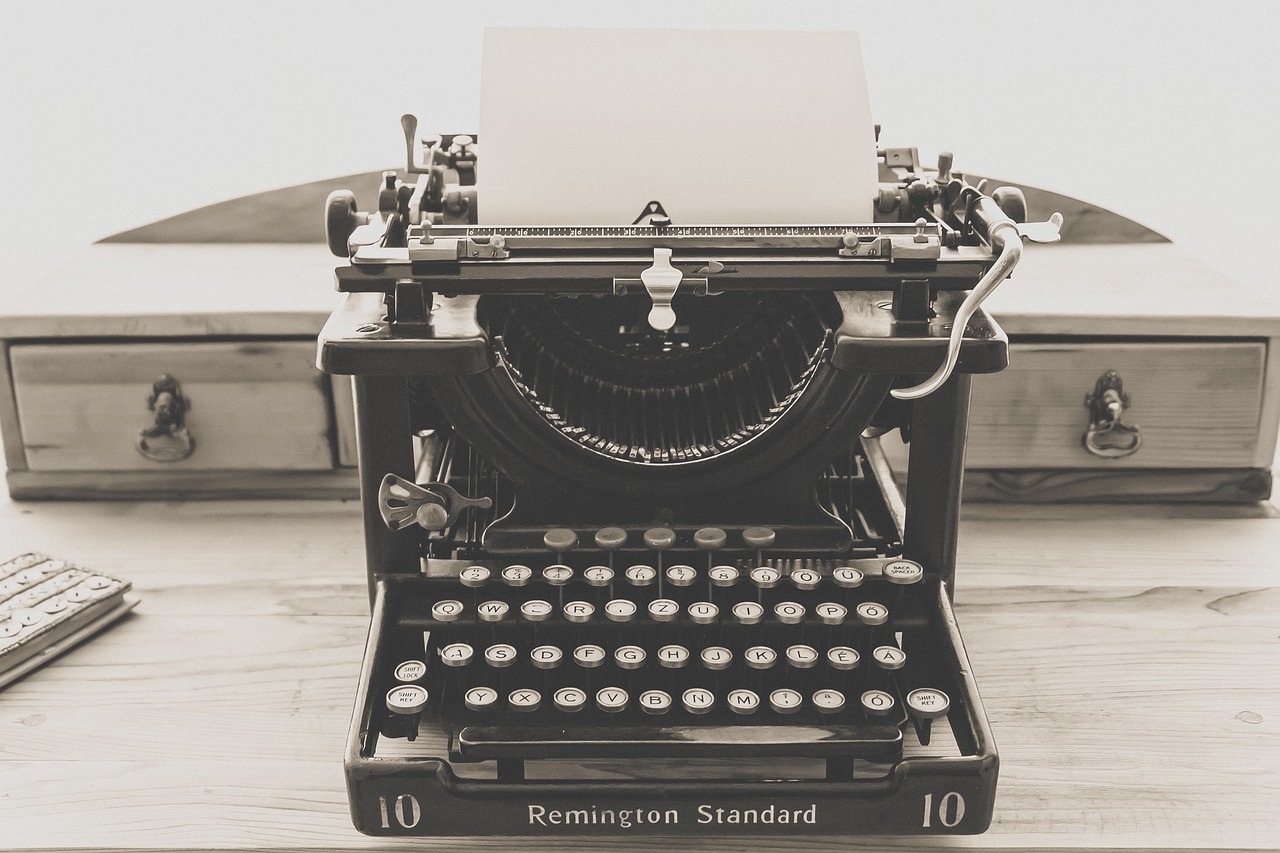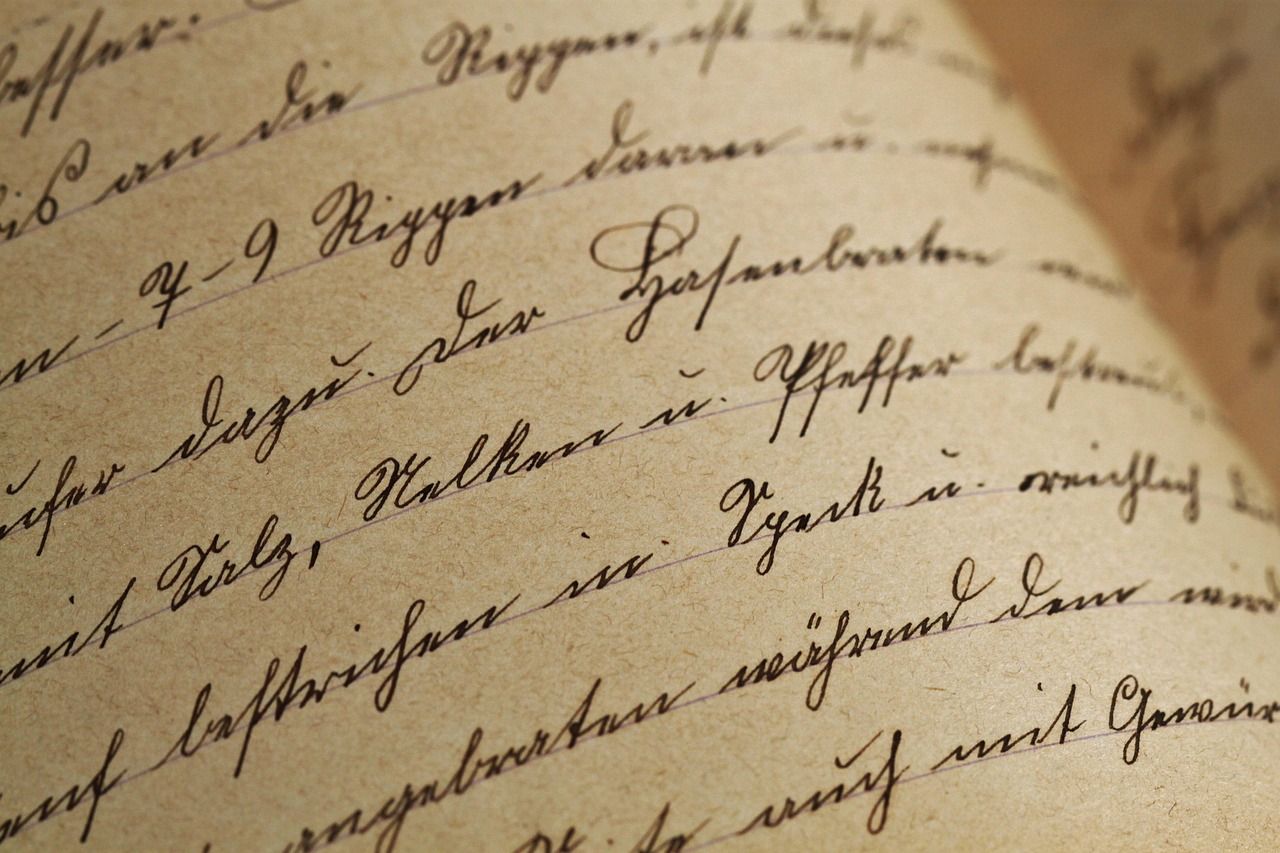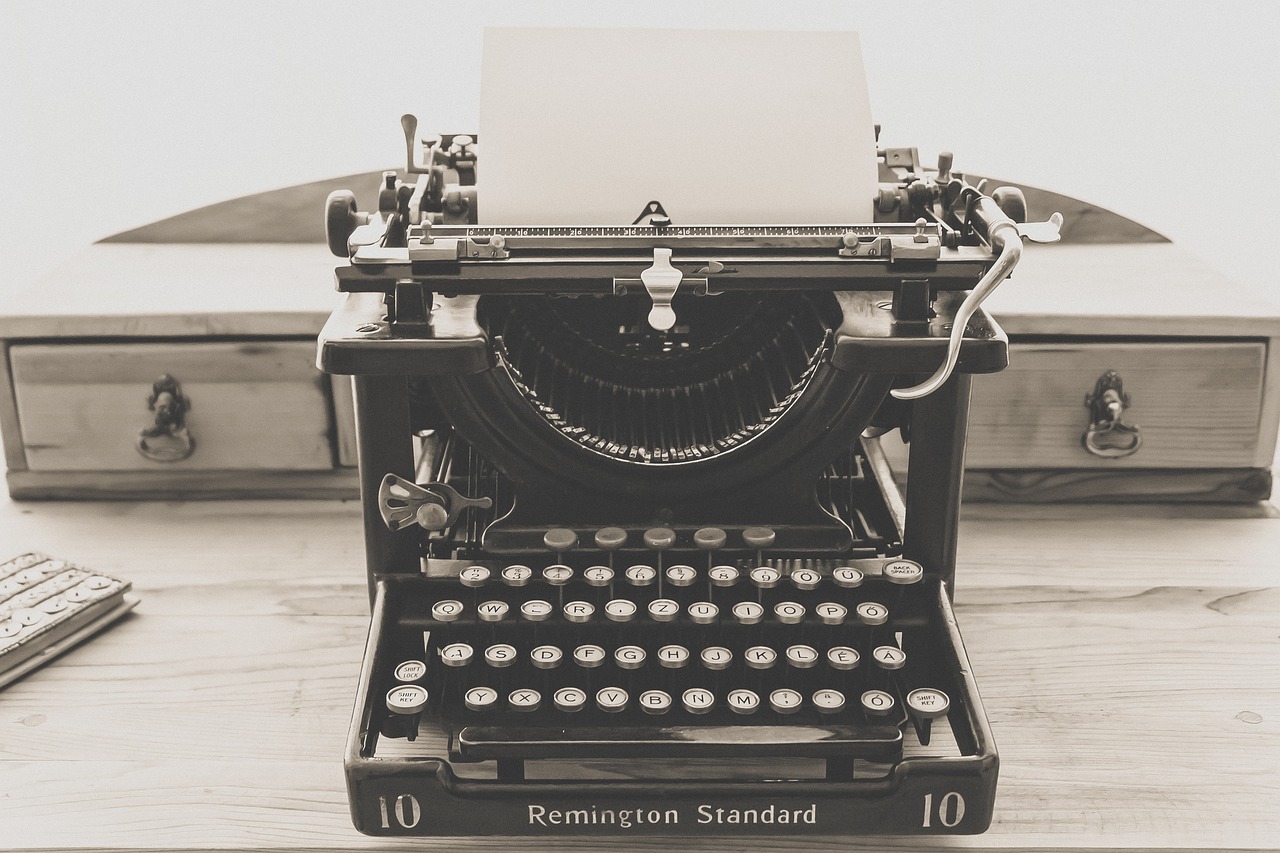
Why Writing a Great Cover Letter Still Matters in Your Job Search – Reference
Importance of Cover Letters
Writing cover letters may feel outdated and tedious, but they remain a crucial component of the job application process. Hiring managers still read them, and a well-crafted cover letter can give you the competitive edge you need to stand out. This guide outlines how to effectively write a cover letter that connects your qualifications with the needs of the employer, thereby increasing your chances of landing an interview.
Key Elements of a Strong Cover Letter
A strong cover letter should go beyond mere formality. It should connect your resume to the job description and highlight your suitability for the role. Here are eight essential elements to include:
1. Formatting: Use a professional font like Arial or Times New Roman at 11 or 12 points. Stick to one page with one-inch margins to ensure readability. 2. Contact Information: Include your full name, phone number, and professional email at the top. A polished LinkedIn profile can be a valuable addition. 3. Salutation: Avoid generic greetings. Use the hiring manager’s name if possible, or “Dear Hiring Manager” if not. 4. Opening Paragraph: Start with a hook that shows your engagement with the company. Skip clichés and instead make a personal connection. 5. Body Paragraphs: This is where you link your experience and skills with the job requirements. Use specific examples and quantify your achievements to demonstrate impact. 6. Closing Paragraph: Reaffirm your interest and express enthusiasm for the next steps. Thank the hiring manager for their time. 7. Signature: Conclude with a professional sign-off, including your name. 8. Tailoring: Customize your cover letter for each application, ensuring alignment with the job description and company values.

Cover Letter Samples
To illustrate the variety in cover letters, here are two samples tailored to different roles: – Graphic Designer Applying to a Design Agency: This cover letter emphasizes creativity and showcases relevant portfolio projects. – Software Engineer Applying to a Tech Company: This letter focuses on technical skills and specific achievements in previous roles. These samples demonstrate that there is no one-size – fits-all approach; your letter should reflect your voice and the specific job context.

How to Tailor Your Cover Letter
Tailoring your cover letter is essential for making a meaningful impression. Sending the same letter to multiple employers is a recipe for being ignored. Here’s how to tailor effectively:
1. Research the Company: Understand their mission, values, and recent news. This insight allows you to align your qualifications with their goals. 2. Connect with Your Experience: Identify the top qualifications from the job ad. Address these directly in your cover letter with specific examples from your background. 3. Use the Right Language: Mirror the language of the job posting. This shows that you understand the company culture and are a good fit.

Education vs Salary Table
| Here is a simplified comparison: | Education Level | Average Salary ($) |
|---|---|---|
| High School Diploma | 35, 000 | |
| Associate Degree | 45, 000 | |
| Bachelor’s Degree | 65, 000 | |
| Master’s Degree | 80, 000 | |
| Doctorate | 100, 000+ |
Conclusion
In conclusion, a well-crafted cover letter is not just a formality but an opportunity to showcase your fit for the role. By following the outlined strategies and incorporating tailored elements, you can create a cover letter that resonates with hiring managers. Remember that your goal is to present yourself as a solution to the employer’s needs, increasing your chances of making it to the interview stage.




